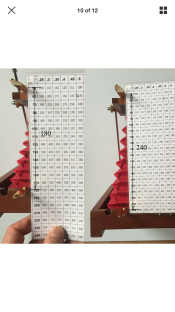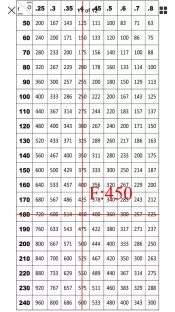https://www.ebay.co.uk/itm/5x7-4x5-...182613?hash=item420afcd255:g:IlEAAOSw2S9c0Erc
I'd like to ask you guys about your opinion of this camera. I saw this piece of kit months ago but I was hesitating because I'm not sure if it's that easy to play with the focal length and the pinhole diameter to get a decent or sharp photo Or is it? So can I really use any diameter for any focal length and vice versa?
Also it can be a challenge/lot of experimenting to determine the angle of view as there are so many possibilities.
I'd like to ask you guys about your opinion of this camera. I saw this piece of kit months ago but I was hesitating because I'm not sure if it's that easy to play with the focal length and the pinhole diameter to get a decent or sharp photo Or is it? So can I really use any diameter for any focal length and vice versa?
Also it can be a challenge/lot of experimenting to determine the angle of view as there are so many possibilities.
Last edited:





 ) That rear peep sight and pointer projecting above the front standard would take care of the centering -- maybe one could work out some rectangular frames from card or mat board and hold them up centered on the front pointer tip to get more precise when needed.
) That rear peep sight and pointer projecting above the front standard would take care of the centering -- maybe one could work out some rectangular frames from card or mat board and hold them up centered on the front pointer tip to get more precise when needed. 




